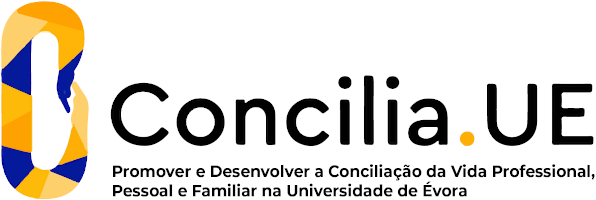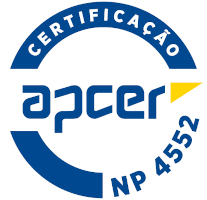2025
Pollution and Gas Emissions
Name: Pollution and Gas Emissions
Code: QUI10244M
6 ECTS
Duration: 15 weeks/156 hours
Scientific Area:
Physics and Chemistry
Teaching languages: Portuguese
Languages of tutoring support: Portuguese, English
Regime de Frequência: B-learning
Sustainable Development Goals
Learning Goals
The course aims to equip students with knowledge on air pollution, its causes and effects, as well as ways to reduce and remediate it. The sessions will focus on physical and chemical principles of air pollution and methods of control and monitoring.
At the end of the unit the student should be able to:
- discuss the reasons for air pollution and its consequences;
- identify the main pollutants and how they disperse and monitor;
- know the best strategy for addressing situations of emissions of gases and particles;
- use the physical and chemical processes that best fit each situation;
- use models of pollutant dispersion in the atmosphere.
On the other hand, the course must contribute to the formation of an environmental awareness and ethics in students, which should delimit their future professional activity.
At the end of the unit the student should be able to:
- discuss the reasons for air pollution and its consequences;
- identify the main pollutants and how they disperse and monitor;
- know the best strategy for addressing situations of emissions of gases and particles;
- use the physical and chemical processes that best fit each situation;
- use models of pollutant dispersion in the atmosphere.
On the other hand, the course must contribute to the formation of an environmental awareness and ethics in students, which should delimit their future professional activity.
Contents
Dispersion of pollutants in the atmosphere. Elements of atmospheric physics and dynamics. Atmospheric circulations and the transport of pollutants. Atmospheric Boundary Layer and Turbulence. Air pollution dispersion models.
Air pollutants and its action. Strotospheric ozone. Photochemical smog. Acid rain. Air particles in suspension. Volatile organic compounds. Greenhouse effect gases. Metals and metalic compounds. Air pollutants monitoring. Environmental laws. Standard methods for monitoring the main air pollutants. Methods for gaseous emission treatment. Gravity settlers. Cyclones. Electrostatic precipitators. Filtration. Washers.
Air pollutants and its action. Strotospheric ozone. Photochemical smog. Acid rain. Air particles in suspension. Volatile organic compounds. Greenhouse effect gases. Metals and metalic compounds. Air pollutants monitoring. Environmental laws. Standard methods for monitoring the main air pollutants. Methods for gaseous emission treatment. Gravity settlers. Cyclones. Electrostatic precipitators. Filtration. Washers.
Teaching Methods
The course is composed by theoretical, practical and tutorial orientation sessions.
The theoretical classes are essentially composed by structured exposition, complemented with important moments of interaction and discussion. The practical classes constitute moments of settling and structuring the knowledge, as well as development of skills, where some application problems are solved and discussed. Practice sessions are provided to give experience on the use of air pollution dispersion models.
The evaluation is composed by a final exam, with the option of two tests, being the final mark obtained by the simple average of the classificaton of each test.
The theoretical classes are essentially composed by structured exposition, complemented with important moments of interaction and discussion. The practical classes constitute moments of settling and structuring the knowledge, as well as development of skills, where some application problems are solved and discussed. Practice sessions are provided to give experience on the use of air pollution dispersion models.
The evaluation is composed by a final exam, with the option of two tests, being the final mark obtained by the simple average of the classificaton of each test.
Teaching Staff
- Luís Filipe Guerreiro Martins [responsible]
- Maria João Tavares da Costa





















